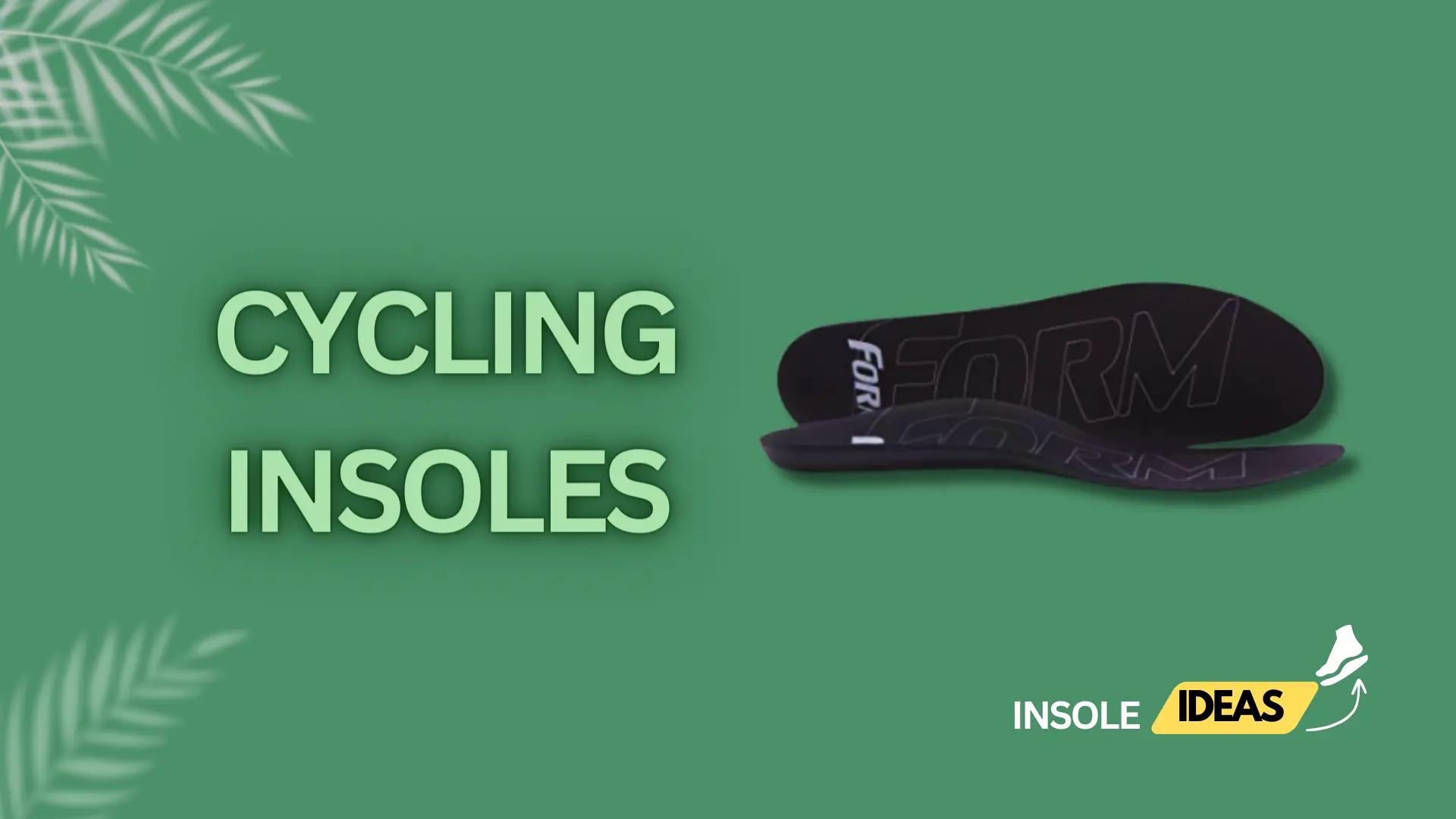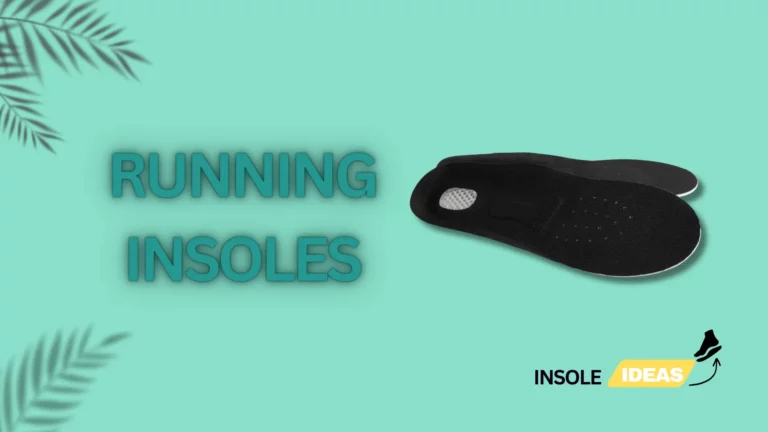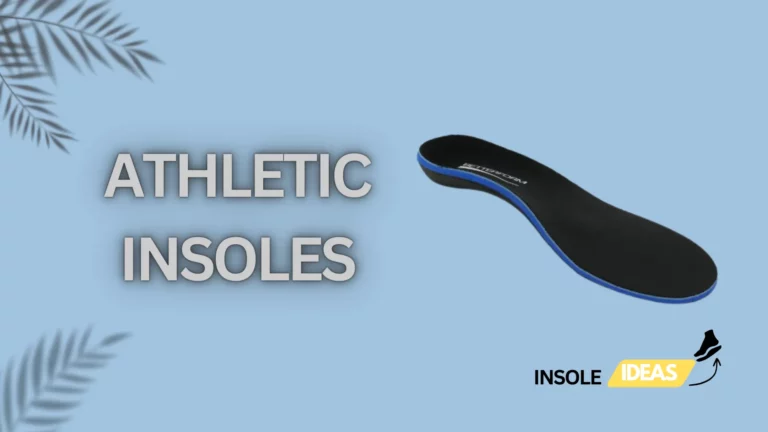Right Cycling Insoles for Your Ride
Cycling insoles are purpose-built inserts designed to optimize comfort, support, and performance for cyclists. They serve to enhance the interface between the foot and the cycling shoe, aiming to reduce discomfort and improve power transfer during rides.
Purposeful Pedaling: Understanding the Definition of Cycling Insoles
Cycling insoles, also known as footbeds or orthotics, are specifically crafted inserts placed inside cycling shoes to provide additional support, cushioning, and alignment for the foot. They aim to mitigate common issues like hot spots, numbness, and foot fatigue experienced by cyclists.
Importance in Cycling Performance
The foot is the primary point of contact between the cyclist and the bike. Properly fitting insoles help in distributing pressure evenly, reducing the risk of injury, and optimizing the power transfer from the legs to the pedals.
Key Features of Cycling Insoles
Cycling insoles boast several crucial attributes that distinguish them from regular shoe inserts.
Ergonomic Design
These insoles are engineered to conform to the specific contours of the foot, providing adequate support to the arches, heel, and forefoot. Ergonomics ensure even weight distribution and reduced strain during pedaling.
Material Composition
Typically constructed from materials like foam, gel, or carbon fiber, cycling insoles offer varying levels of stiffness, cushioning, and durability. The choice of material often impacts comfort and performance.
Impact on Comfort and Performance
By offering better stability, shock absorption, and pressure relief, cycling insoles contribute significantly to a rider’s comfort over long distances. Enhanced comfort translates into more efficient pedaling and reduced fatigue.

Benefits of Using Cycling Insoles
Solid Support Boost
Cycling insoles provide enhanced stability by properly aligning the foot within the shoe, reducing the risk of lateral movement. This stability minimizes the potential for arch collapse and pronation, enhancing overall support during pedaling motion.
Improved Power Transfer
Optimal power transfer is pivotal in cycling performance. Insoles with proper arch support and alignment ensure that power generated by the legs efficiently transfers to the pedals, maximizing each pedal stroke’s effectiveness.
Injury Prevention and Comfort
These insoles help prevent common cycling-related injuries such as plantar fasciitis, hot spots, and numbness by evenly distributing pressure and minimizing friction points. The added comfort allows cyclists to focus more on their ride, reducing the risk of discomfort-related distractions.
Types of Cycling Insoles
Custom-Made vs. Off-the-Shelf
Custom-made insoles are specifically tailored to an individual’s foot shape and biomechanics, offering precise support. Off-the-shelf options come in standard sizes and offer general support but may not cater to unique foot characteristics.
Variations Based on Cycling Discipline
Different cycling disciplines (road, mountain, track, etc.) demand varying levels of support and cushioning. Insoles are designed to address these specific needs, providing discipline-specific benefits.
Specialized Insoles for Specific Foot Conditions
Certain insoles cater to specific foot conditions like high arches, flat feet, or pronation issues. These specialized options offer targeted support, alleviating discomfort associated with these conditions.
Factors to Consider When Choosing Cycling Insoles
Foot Type and Arch Support
Understanding your foot type—whether you have high arches, flat feet, or neutral arches—is crucial when selecting insoles. Matching the insole’s arch support to your foot type ensures proper alignment and support during rides.
Compatibility with Cycling Shoes
Not all insoles are compatible with every cycling shoe. Checking for compatibility ensures a snug fit without compromising the shoe’s structural integrity or the insole’s functionality.
Breathability and Moisture Wicking
Breathable materials and moisture-wicking properties in cycling insoles are essential to prevent sweat buildup and maintain a comfortable environment within the shoe. This feature helps in reducing the risk of blisters and bacterial growth.
How to Properly Use and Maintain Cycling Insoles
Insertion and Adjustment Techniques
Correctly inserting insoles involves aligning them with the shoe’s existing footbed and making necessary adjustments for a comfortable fit. Understanding the correct placement and any potential adjustments is key.
Cleaning and Longevity Tips
Regular cleaning and maintenance prolong the lifespan of cycling insoles. Depending on the material, they can be wiped down with a damp cloth or gently hand washed. Proper care prevents odor buildup and ensures continued effectiveness.
Conclusion
Cycling insoles play a pivotal role in enhancing comfort, stability, and performance for cyclists. They offer tailored support, prevent injuries, and optimize power transfer, contributing significantly to a rider’s overall experience.







